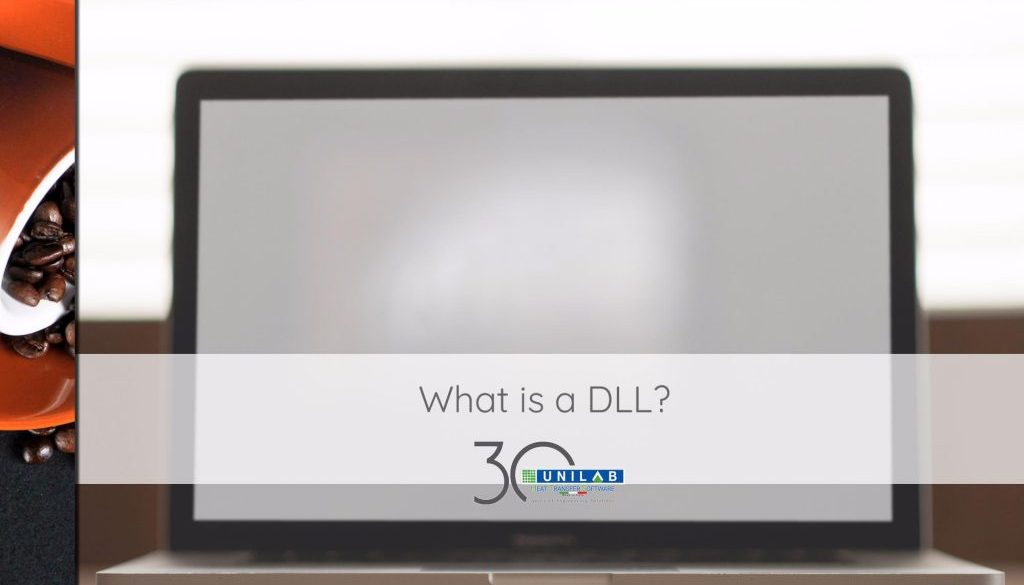What is a DLL?
What is a DLL and in what field is it used? Its full name is dynamic link library, which indicates a software library, loaded in dynamic mode during execution of the operating system. The code of the dynamically connected libraries can be separated in order to allow only necessary libraries to be loaded and several programs can use a single library at the same time in order to cut down on the system’s use of resources.
Now that we have clarified the meaning of DLL, we know that, thanks to this library, a program can, for example, be sold in modules (individually loadable into the main program). As these are separate modules, the program’s download time is reduced and each module is loaded only when actually needed. This also permits the updating of individual modules, without affecting other components of the program.
Thanks to the DLLs, the operative system and the programs can be loaded more quickly, because their use allows you to:
- Facilitate the modularity of the code;
- Re-use the code;
- Optimize memory;
- And occupy less space on the disc.
A program can utilise the functions present in a DLL, thus creating a dependence on it. If that dependence was not present, the program might not function. The reasons why that dependence might be broken include circumstances such as the removal of a dependent DLL from the computer, its over-writing with a previous version or its update to a more recent version. This kind of operation is usually defined as a DLL conflict.
Unilab uses several DLLs in its programs. Among the main ones we might note for example, 3S, Bitzer, Comefri, Copeland, Deton, DBM, DRI – BryAir, EBM, Enventus, Frascold, Hanbell, Heatex, Hoval, Klinengburg, Nicotra Gebahart, ONDA, Recuperator, Soler & Palau, Kruger, Yilida and Ziehl Abegg. It is this use of such DLLs which allows the correct functioning of the various programs used by the company.
Now that we have answered the question ‘what is a DLL’ and we have provided its precise meaning, it will certainly be easier to understand why a program is not working and what to do in order to restore correct functioning. These are extremely useful tips, which can be exploited and put into practice by anyone having issues connected to the correct functioning of software components.
Translated by Joanne Beckwith







